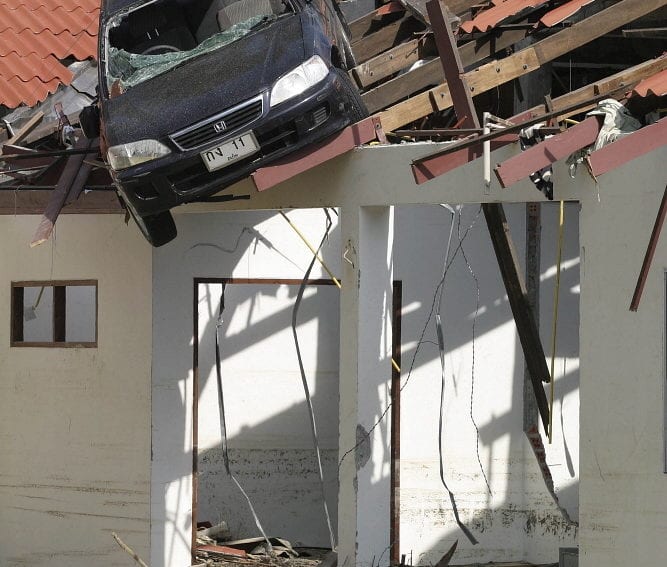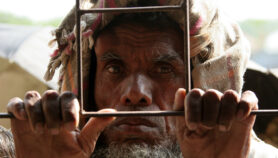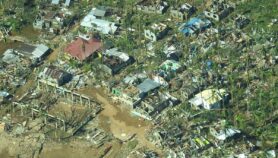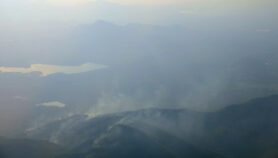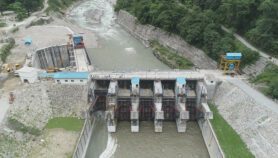Send to a friend
The details you provide on this page will not be used to send unsolicited email, and will not be sold to a 3rd party. See privacy policy.
[ROME] The achievement of the Sustainable Development Goals (SDGs) in the Asia-Pacific will depend largely on building greater resilience to disasters but rising populations and burgeoning cities are exacerbating existing risks and creating new ones.
By coming together in the spirit of cooperation can the region hope to become truly disaster resilient, says the Asia-Pacific Disaster Report 2015, the latest flagship publication of the UN Economic and Social Commission for Asia and the Pacific (ESCAP).
A record 1,625 disasters struck the Asia-Pacific in 2005-2014, killing around 500,000 people and harming another 1.4 billion, while causing US$523 billion in economic damage. Many of the disasters were transboundary in nature: cyclones, typhoons, floods and earthquakes. South-East Asia was the most disaster-prone area.
“The recognition of disaster risk reduction as a central, cross-cutting issue for achieving sustainable development in the region aims to bring about a shift from response mechanisms to prevention and preparedness as investment in disaster risk reduction has proven to be cost effective,” Shamshad Akhtar, UN undersecretary general and ESCAP executive secretary, tells SciDev.Net.
“Identifying and quantifying the importance of disaster risk reduction to development will raise awareness among planning and finance ministries to ensure public funds are allocated to disaster risk reduction in a more balanced way, rather than just response” she says, stressing that political commitment at both national and regional levels is paramount.
The report on “disasters without borders” comes in a pivotal year for disaster management with the recent adoption of the SDGs that integrate disaster risk reduction in sustainable development. This year also marks the adoption of the Sendai Framework for Disaster Risk Reduction 2015-2030, which aims to guide the international community in strengthening resilience to disasters.
Anisur Rahman, senior project manager at the non-profit Asian Disaster Preparedness Center, agrees that hazards are not limited by geographical boundary as he calls for multi-country initiatives and risk assessments at regional level to help reduce vulnerability.
“For example, information on rainfall pattern in Assam, India side, can be a useful preparedness measure by [neighbouring] Bangladesh to reduce the impacts of flash floods,” he tells SciDev.Net. “Similarly, sharing flood information across Mekong region countries helps for better preparedness in the region.”
The report notes that multi-hazard early warning systems are powerful tools to reduce disaster risk. But there are numerous gaps in early warning chains at the local level and poorer nations cannot afford a comprehensive warning system. Regional cooperation and the use of effective communication channels like broadcast media are crucial to provide timely information to the most vulnerable communities.
The report also stresses that information and communications technology infrastructures should be planned and designed with disaster management in mind.
The report identifies drought as a “forgotten disaster” that needs greater attention from media and policymakers. Since 1970, drought has affected more than 1.6 billion people in the region, causing an estimated US$53 billion in damage. Poor water and land management and climate change accelerate drought risk, impacting many sectors.
>Link to the full report of the UNESCAP
This article has been produced by SciDev.Net's South-East Asia & Pacific desk.


